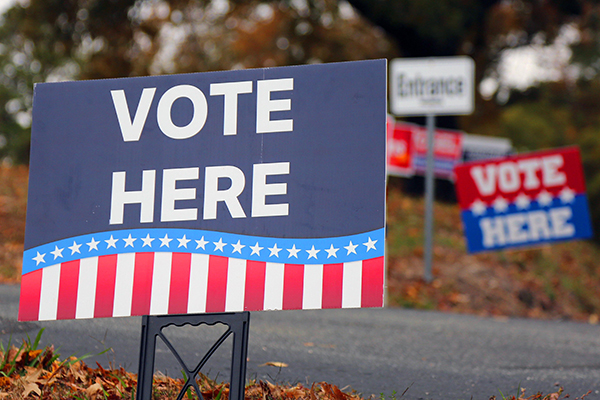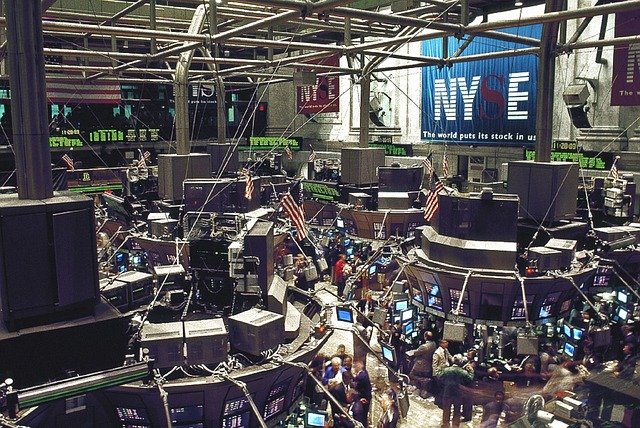What a difference a year makes! When we visited in April of 2016, we were coming off a volatile quarter that saw the stock market experience a 10% decline (in hindsight, the bottom of that particular correction), oil prices were only about 6 weeks removed from being just $26/bbl., the Fed had just raised rates for the first time in ten years, and some guy named Donald Trump continued to astound the skeptics as he closed in on the GOP nomination—everyone was worried about a big swing in the market should he win the Presidency (of course they were correct about the swing, just couldn’t have been more wrong about the direction).
By contrast, at the end of the First Quarter 2017, the S&P 500 had just completed a five month string (110 trading days) without experiencing a down day of 1% or more, the longest stretch since 1995. This compares to an average of a 1% drop every 11 trading days in the past two years. According to The Wall Street Journal, the S&P 500, Dow Jones Industrial Average and NASDAQ all had record closing highs on the same day, five days in a row; this had not happened since January 1992. Finally, the VIX, the most commonly watched volatility indicator, briefly traded below 10 in early February for the first time since 2007, and just recently completed its longest stretch without a close above 15 since February 2007—103 trading days.
There are a number of reasons for this very long, almost unprecedented, stretch of relative calm. Of course the biggest is the Trump Trade, or the optimism that boosted the markets from that second Tuesday in November where investors were hopeful President Trump would be successful in getting his agenda passed, specifically the tax cuts, infrastructure spending and deregulation. The hope was this trifecta would boost economic growth. The second reason is that the general data being released seemed to support the concept that the economy was actually picking up speed. Third, although the Fed has increased rates two more times in the past year, they continue to do so at a snail’s pace and through March, at least, remained almost dovish in their hawkishness—meaning overly cautious in their statements even as they raise rates.
The other side, the one of concern, is that worry has crept into the mind of Wall Street about how successful the President will be in passing his agenda. As I write this we are just a couple days away from President Trump’s 100th Day. While he would maintain he has accomplished more than any other President in that time, he would also state it’s an arbitrary barrier (AP Interview, text version from Businessinsider.com, 4/24/17). Obviously the Obamacare repeal and replace non-vote was a big setback. Furthermore, we suddenly have more geopolitical uncertainty than in quite some time. The President’s tax plan is due any day (at least the main ideas) and reportedly will call for a 15% corporate rate, but calling for that and actually pushing it through Congress are two entirely different things. I am not optimistic too many Democrats will cross the aisle, and the Tea Party Republicans will want to see a revenue neutral plan or may not support it.
The bottom line is we are still waiting on the big issues that drove the President’s successful campaign, notably tax reform, infrastructure spending and deregulation. Meanwhile the stock market took a consolidation breather after the ObamaCare non-vote (by the way, not to suggest that everything is always political, but I could not help but notice that the original date of the vote, March 23rd, was the anniversary of Obama signing the bill that put ObamaCare into place; sure seems like at least a little gamesmanship and possibly why the GOP rushed to get a vote).
Earnings season has arrived and the early returns are very good. That combined with the outcome of the first round of the French election—making it seem unlikely that either candidate who favored withdrawal from the EU and euro will win the final round in early May (one has been eliminated, the other, Le Pen, trails Macron badly in the projected second round polls)—has boosted stocks to new record highs.
Politics aside, the economy has been performing moderately well. The unemployment rate for March was just 4.5%, the lowest since May 2007. The Fed also helped out when they raised rates in March but maintained the planned path for just two more rate hikes in 2017; investors had been worried about an extra one given the strong economic data and the continued rise of asset prices. Historically, when the Fed raises rates, stocks have a little swoon, but if the economic data continues to be strong, stocks actually do pretty well as the impression is the Fed is controlling inflation. There is some concern about how the Fed will reduce its bloated balance sheet, but most mentions of this by various Fed governors has implied they would do so while pausing rate hikes. Given the speed at which they have raised rates, it seems quite likely we could expect the speed at which they reduce the balance sheet to be similarly glacial, provided inflation readings remain under control.
Perhaps the best news is that there does not seem to be a lot of short term excess in the global markets. Therefore, I do not see significant signs of recession lurking. Granted, the US has never experienced a calendar decade in which we did not have a recession, but that still gives us a couple years. I am also hopeful that because this expansion has proceeded at a slower than normal pace, any pullback will not be that destructive.
We sit in an unusual period where we have a lot of uncertainty, and not much volatility. Usually the stock market hates uncertainty, but there is enough potentially positive outcomes that investors have not headed for the exits. I do expect the uncertainty to continue, but perhaps the volatility starts to come back. Should the President experience more defeats with his pro-growth agenda (or victories with his anti-growth agenda like tariffs); should there be a geopolitical incident (North Korea, Syria, Russia, Iran, etc.); should we start seeing disappointing economic data (rising unemployment, slow GDP growth); or should earnings start to miss expectations we could see stocks turn over. But the flip side is should we see President Trump get some victories in Congress, or geopolitical tensions ease, or the economic data and earnings remain strong stocks could move to new highs and continue advancing. It is a difficult environment so diversification remains critical. We are gradually reducing our exposure to US equities, especially large, defensive names, and increasing exposure to international equities and the more beaten up sectors in the US. We continue to hold bonds for income and stability, but are focusing on the most attractive parts of the yield curve.





